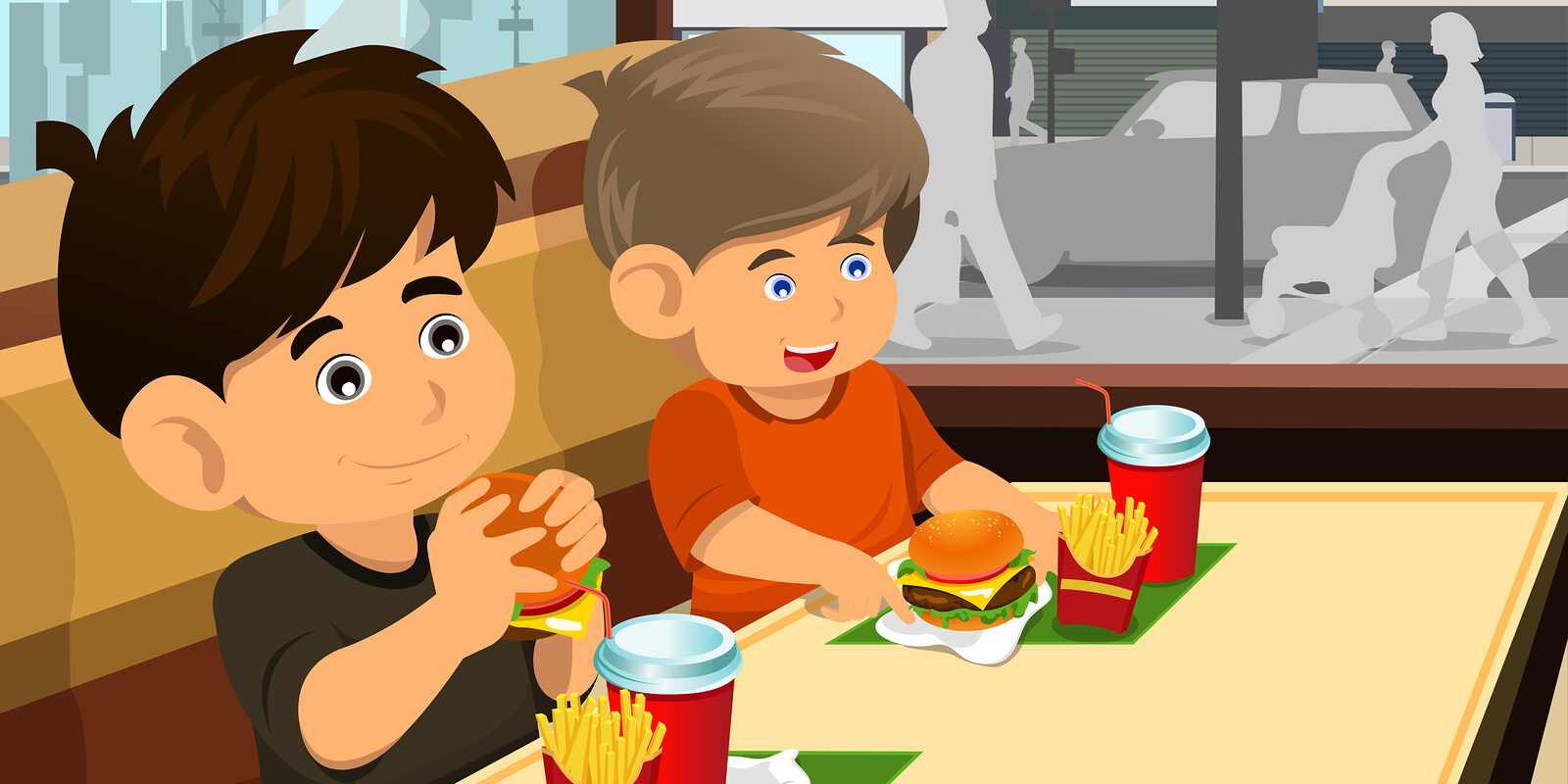 Quick service and fast casual restaurants experience hustle and bustle throughout the day, often with lines at the front counter and the drive-thru window. These restaurant types require that employees work quickly in order to send customers on their way – whether they’re headed to work, an event, an appointment or just plain in a hurry. It’s important to meet customer expectations for speed and accuracy.
Quick service and fast casual restaurants experience hustle and bustle throughout the day, often with lines at the front counter and the drive-thru window. These restaurant types require that employees work quickly in order to send customers on their way – whether they’re headed to work, an event, an appointment or just plain in a hurry. It’s important to meet customer expectations for speed and accuracy.
Menu changes, new hardware or software or new employees can cause service to slow down significantly and customers to become dissatisfied. And these disruptions are common in the quick service and fast casual industries. In fact, according to the U.S. Bureau of Labor Statistics, 75 percent of quick service employees remain at their jobs six months or less and only 53 percent remain for one year or longer. That’s why it’s important to use POS software that is intuitive and user-friendly.
How Conversational Ordering Can Help
In antiquated POS systems, the ordering process made it difficult for cashiers to backtrack to meet customer needs because it required that they stick to a specific sequence. But that’s not the way customers order. They can’t see the POS screen, so they don’t know which options need to be entered when. Making them go back and repeat items after the fact is counterproductive.
Conversational ordering allows for less rigid, more flexible transactions – letting customers make decisions as they go and make changes on the fly. It is ideal for quick service and fast casual restaurants because it streamlines order entry while simultaneously improving the customer experience. It also yields a friendlier and more flexible ordering process for customers who are indecisive or impersonal.
Benefits include:
- Expedite service and check-out times
- Improve order accuracy; get it right the first time
- Shorten training time for new employees
- Improved customer service and satisfaction
How Conversational Ordering Works
Conversational ordering eliminates the need to interrupt the customer while they are ordering – they can maintain eye contact with the customer for more personal, meaningful communication. The technology enables employees to fulfill incomplete orders after the fact and make changes without void items.
While entering complex orders, employees can enter a partial combination and then move onto the next – allowing them to return to the first combination and complete it when the customer has made his or her decision. By eliminating the need to take extra steps to complete an order, quick service restaurants can improve both order speed and accuracy.
For example, imagine a mother is ordering combination meals for five of her young children before their soccer game. However, none of which know what they want and keep changing their mind – and the game is in 15 minutes. She has ordered each child’s main item, but they have not yet chosen their drink or side.
To make the process easier on both the mother and the cashier, conversational ordering will allow her children’s combinations to be fulfilled as each of them decide. Rather than ordering all three items at once before moving onto the next combination and save time on voiding items each time they change their mind. That way, the cashier can speed up the ordering process and the children can make it to their game on time.
With conversational ordering, customers can remember your quick service restaurant for its quick and efficient customer service because your employees will be able to maintain eye contact and ask the appropriate questions.







